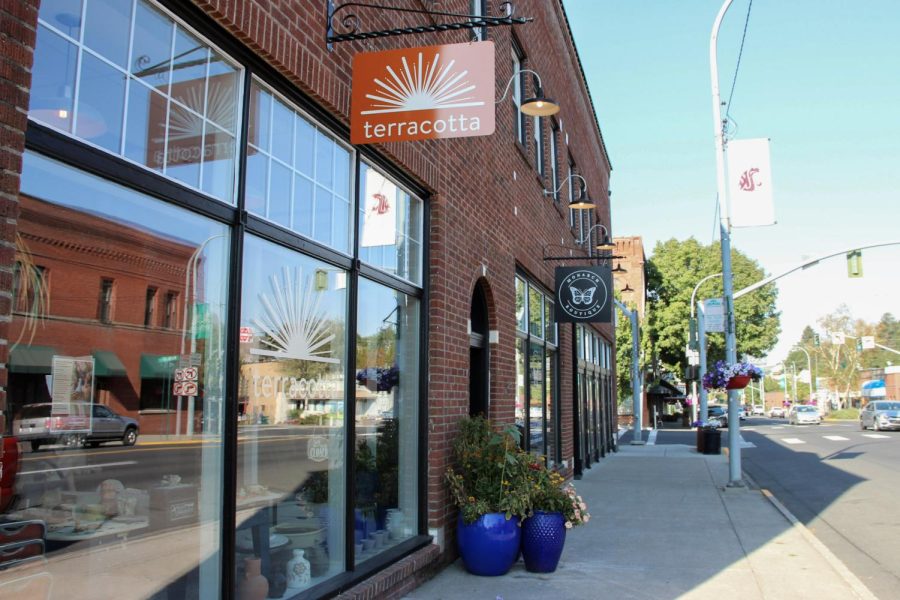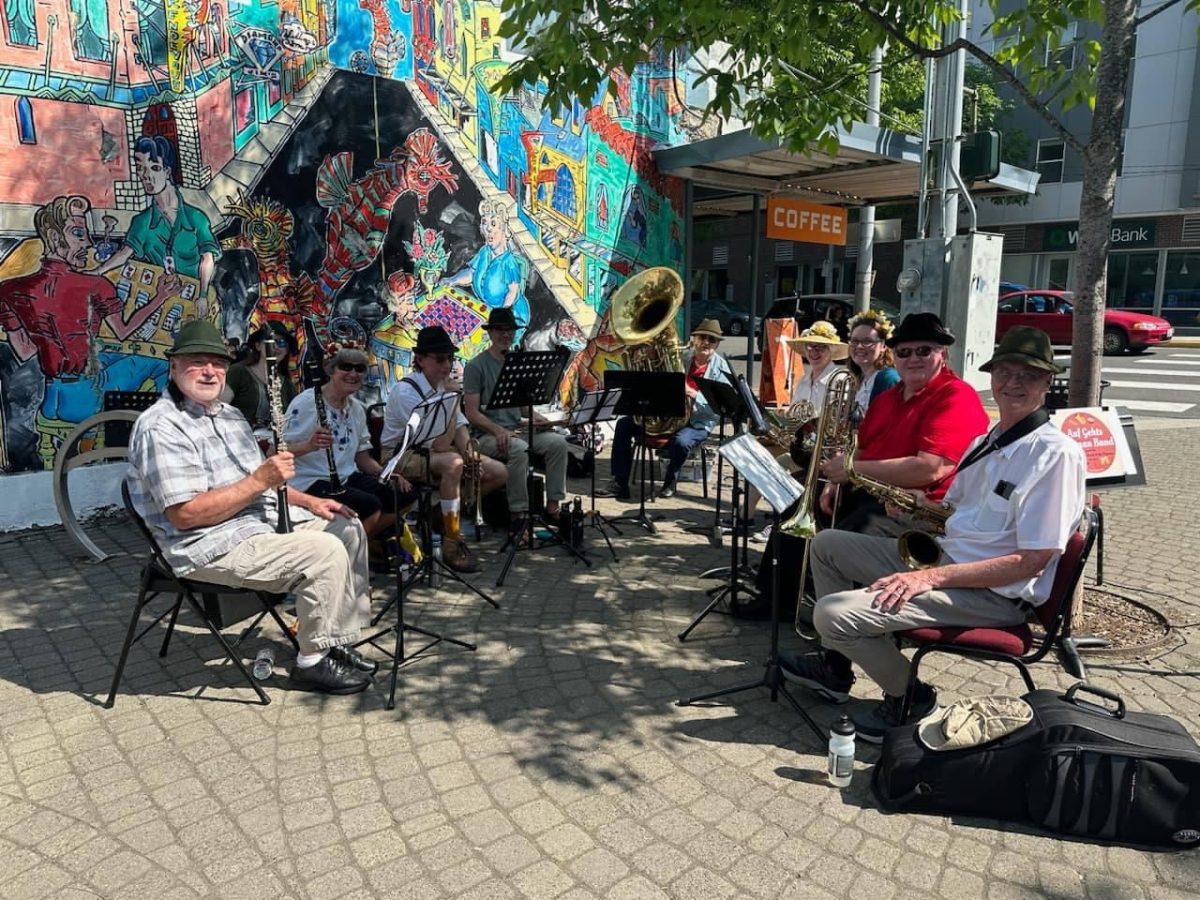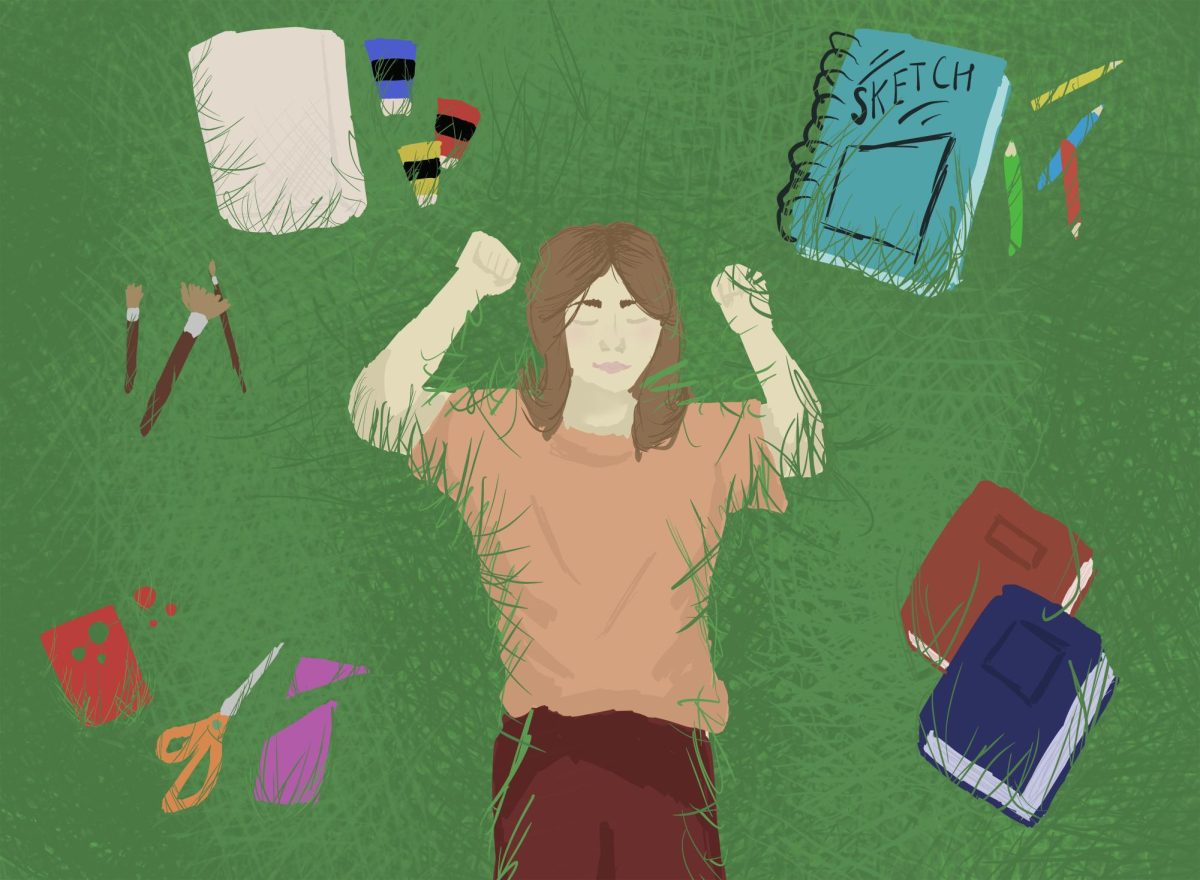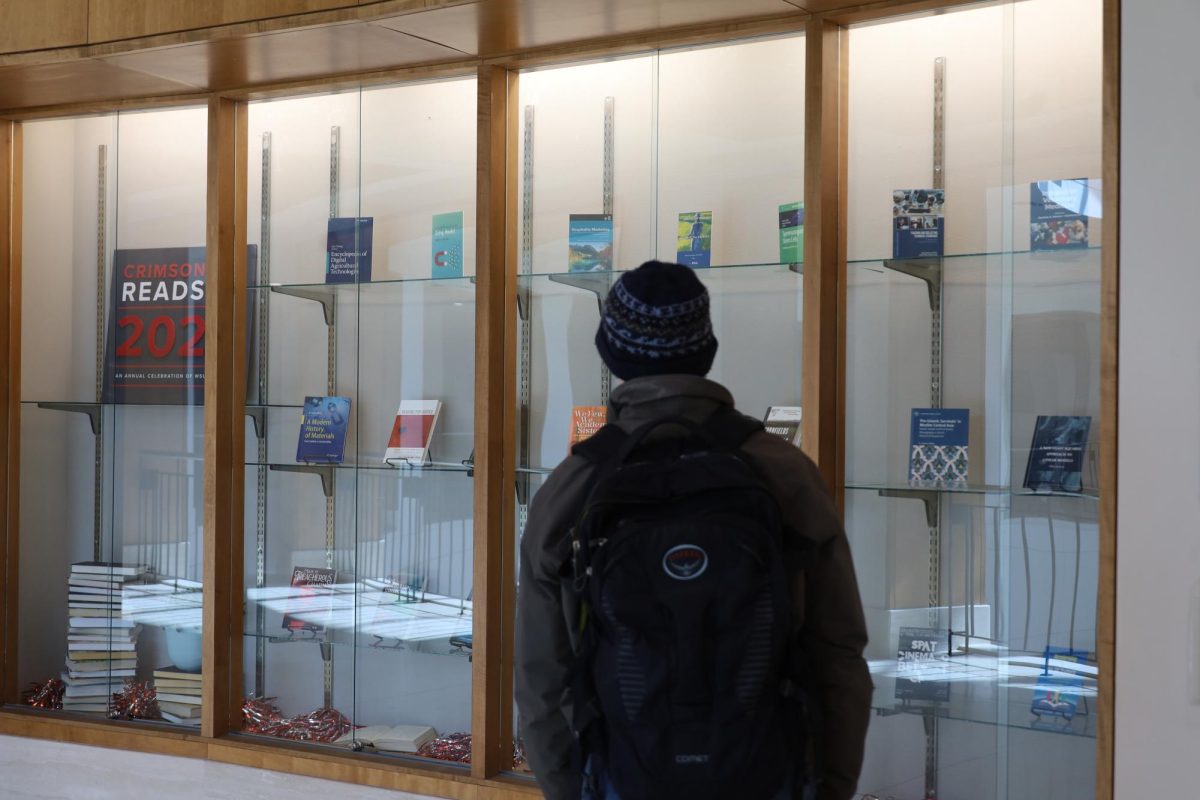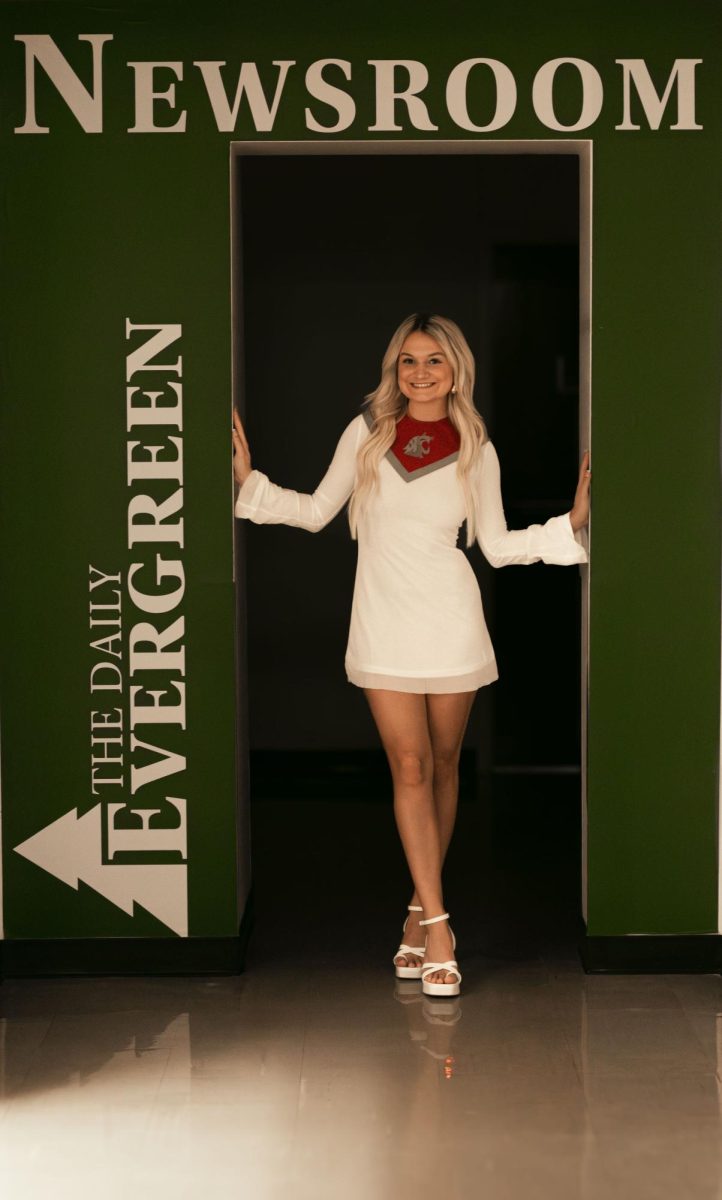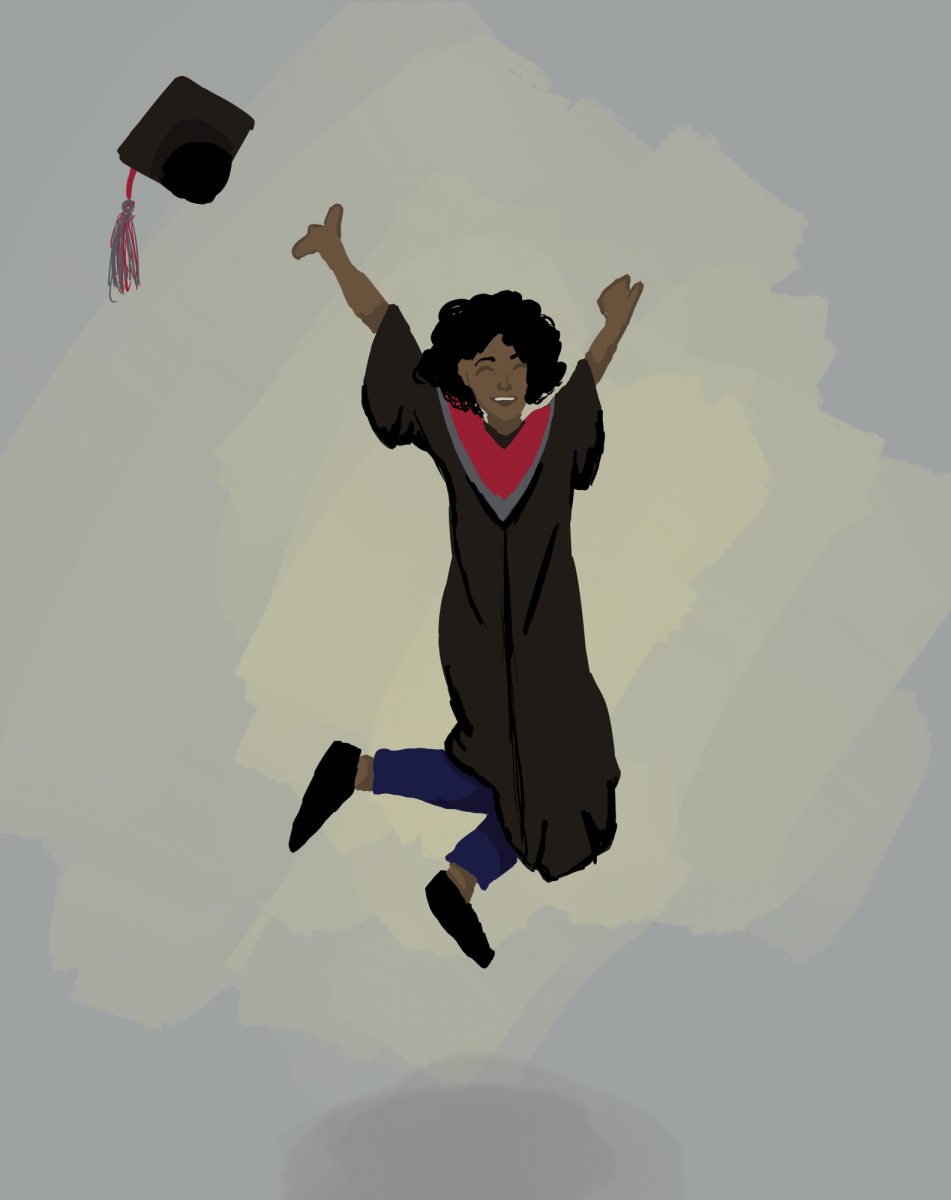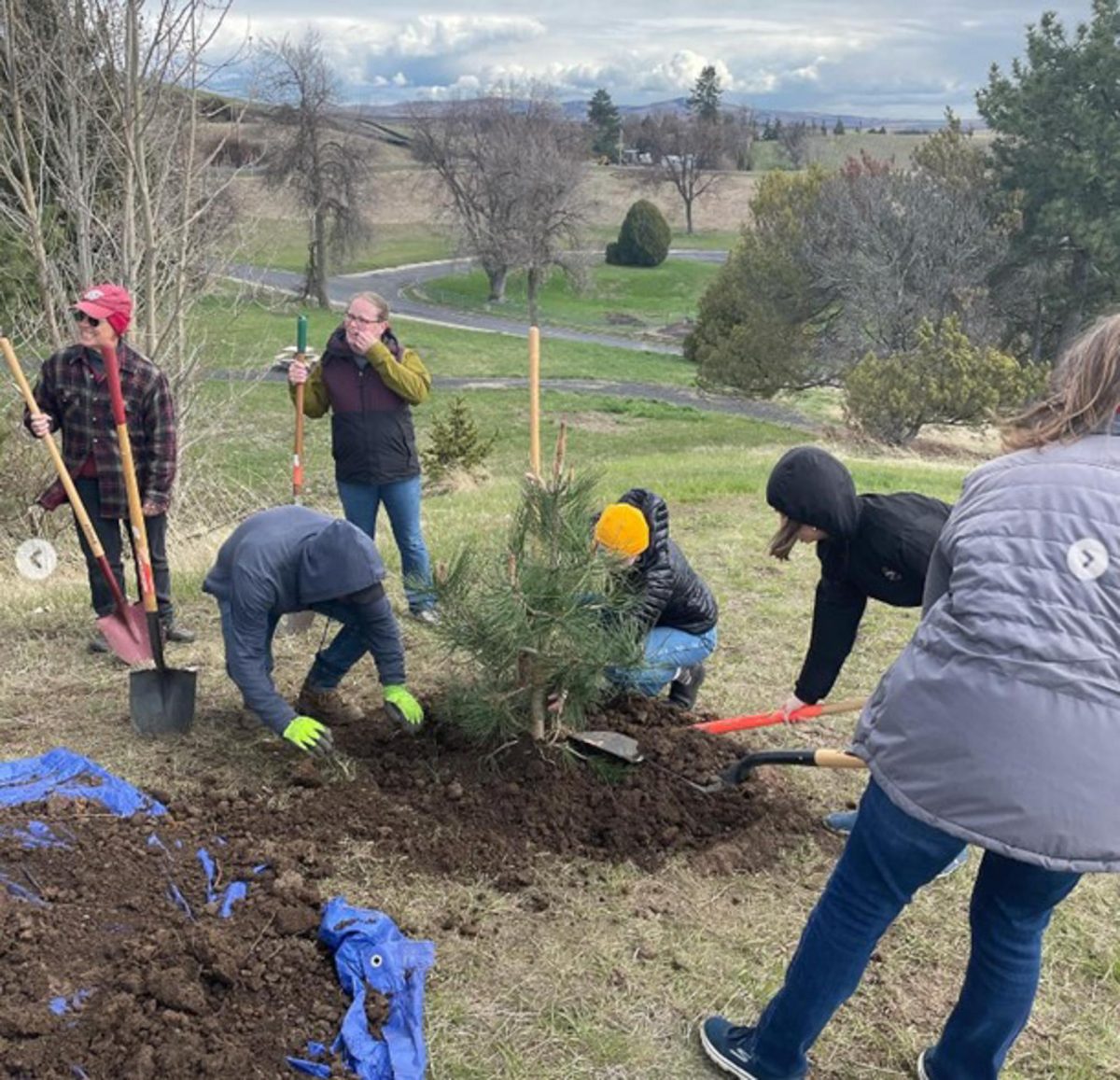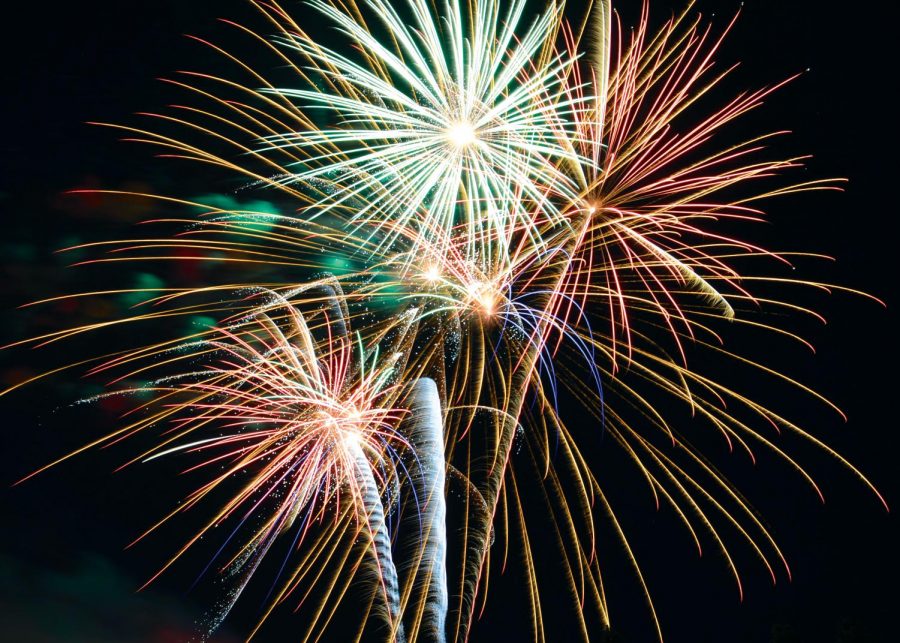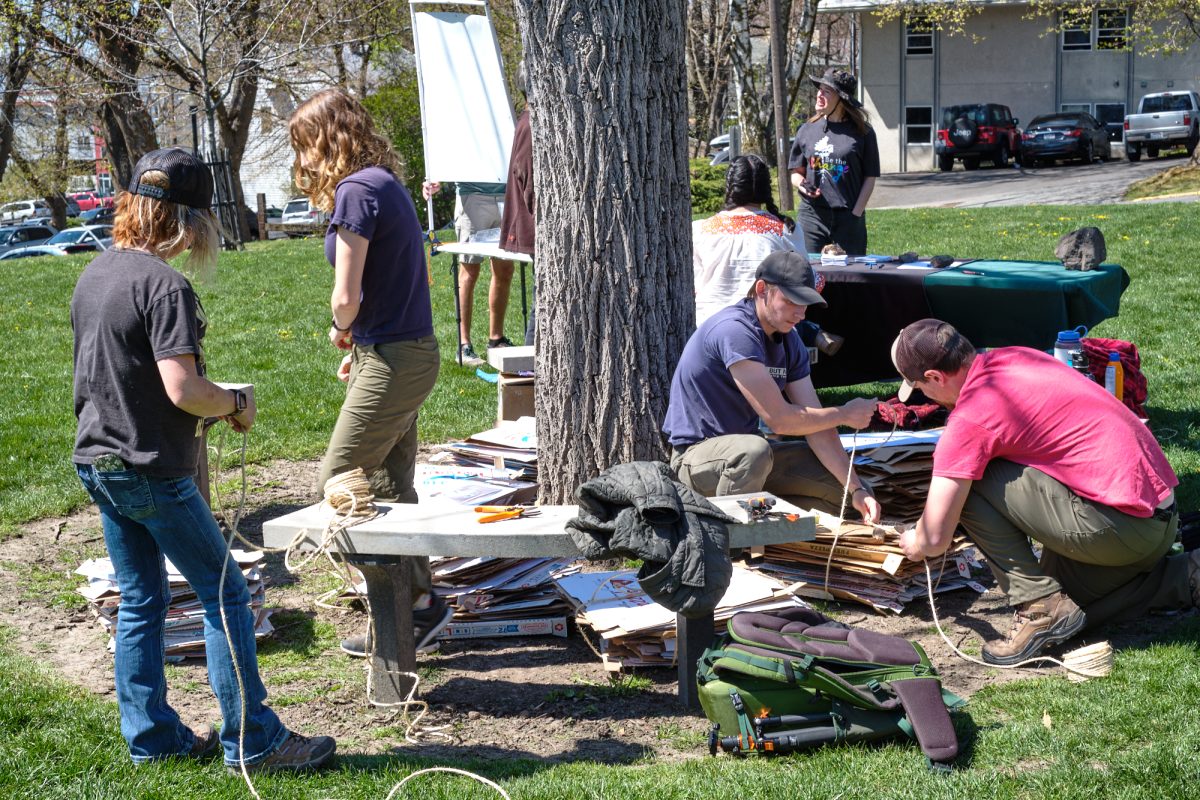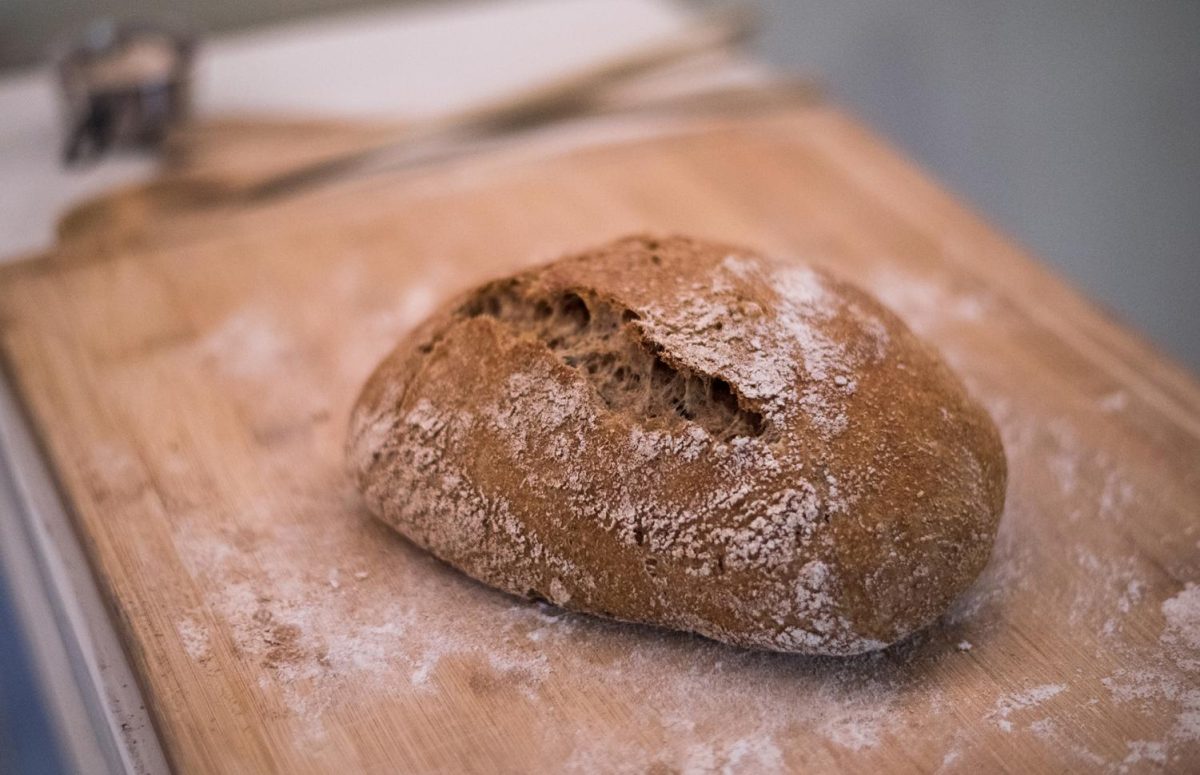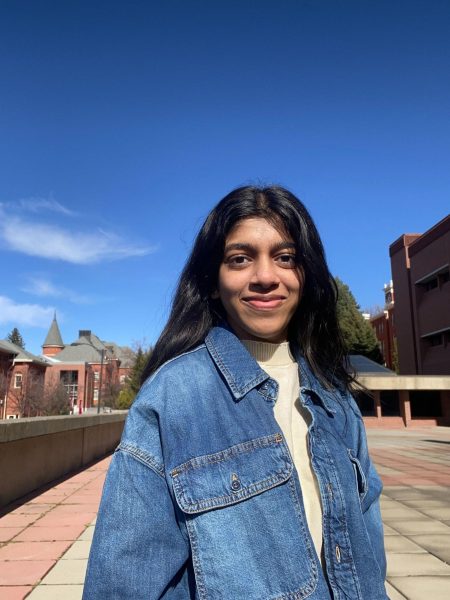The Common Reading Program and Jordan Schnitzer Museum of Art are hosting an event to make macramé keychains, an activity that relates to this and last year’s Common Reading book “Braiding Sweetgrass” by Robin Wall Kimmerer.
The Macramé Activity will be from 12:30–2:30 p.m. March 1 at the museum to celebrate one of the museum’s current exhibitions, “Here in Homemade Forest: Common Reading Connections,” said Karen Weathermon, Common Reading Program director. The exhibition is closing on March 2.
Weathermon said she wanted to host the activity since the Common Reading Program selected the book in spring 2020. Kimmerer does not speak about macramé in her book per se, but she talks about other weaving activities like braiding sweetgrass, which formed the image for her book title.
“Every one [of the baskets] is beautiful. Every one is different yet began in the same tree. They are all made of the same stuff and yet each is itself. That’s the way with people too, all made of the same thing and each their own kind of beautiful,” Kimmerer wrote in an essay in “Braiding Sweetgrass” on weaving a black ash basket.
Weathermon said the activity will help participants visualize the parts of themselves that are woven together to make them beautiful, strong, resilient and unique.
Michael Holloman, fine arts professor and “Here in a Homemade Forest” curator, included several beautiful, traditionally woven pieces that highlight the themes of the book, Weathermon said.
“This project is a small way of creating a visual representation of who we are at its best,” Weathermon said.
A similar event that also focused on macramé took place on Jan. 16 at the museum.
Participants could choose from two different design instructions, one for a flat keychain and one for a twisted keychain, participant Shalla Newman said. They could also choose two different colors of macramé yarn and incorporate beads as well.
Weaving macramé is the kind of activity that can be easily and fairly accomplished, Weathermon said.
Kimmerer writes about the need for more integrated perspectives in a number of contexts and the damage that occurs to ourselves and the community when we do not recognize or value who we are. The Macramé Activity is meant to help the students understand this notion and recognize themselves, Weathermon said.
“My hope is that for each person, the strands of chords woven and knotted together, remind them of their values, identities and passion that make them uniquely beautiful and strong,” Weathermon said. “Creating something with our own hands is a well strategy all on its own.”
Students participating for extra credit or course credit will receive verification of their participation, Weathermon said.
Participation is free with all materials provided, Weathermon said. Any student is welcome to learn a new activity.






